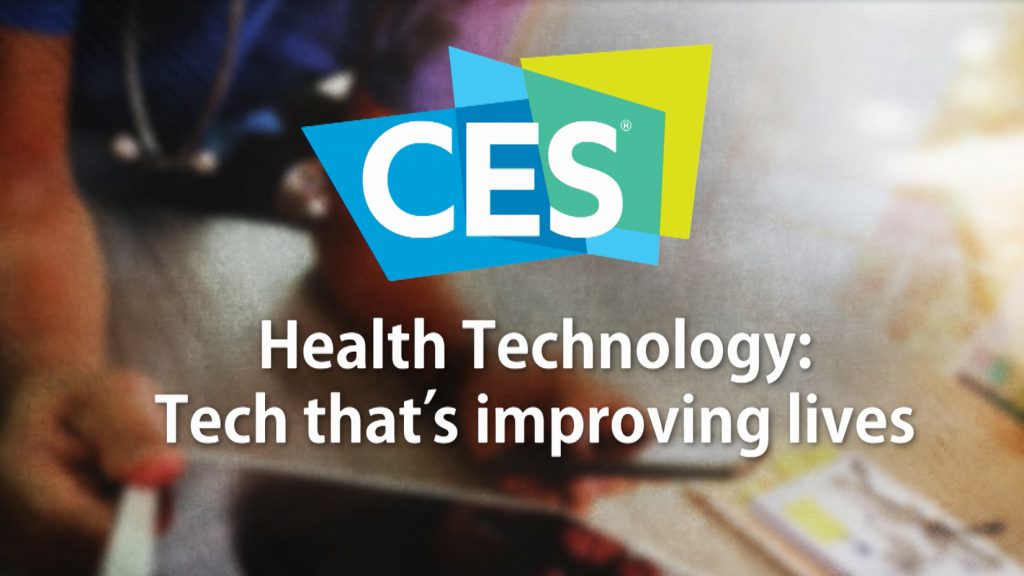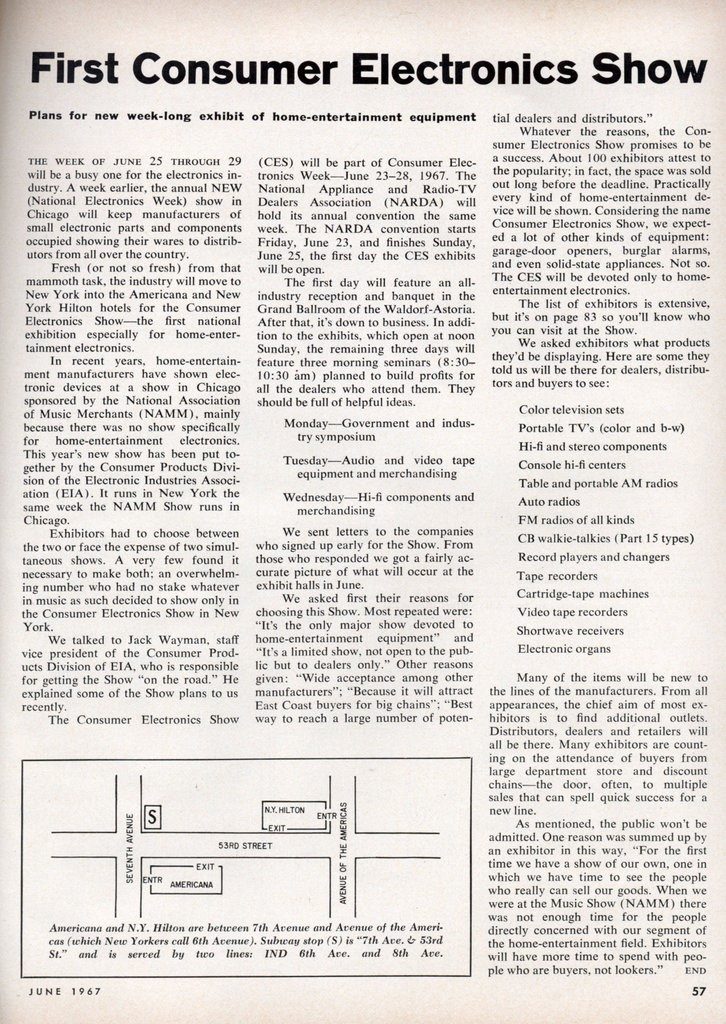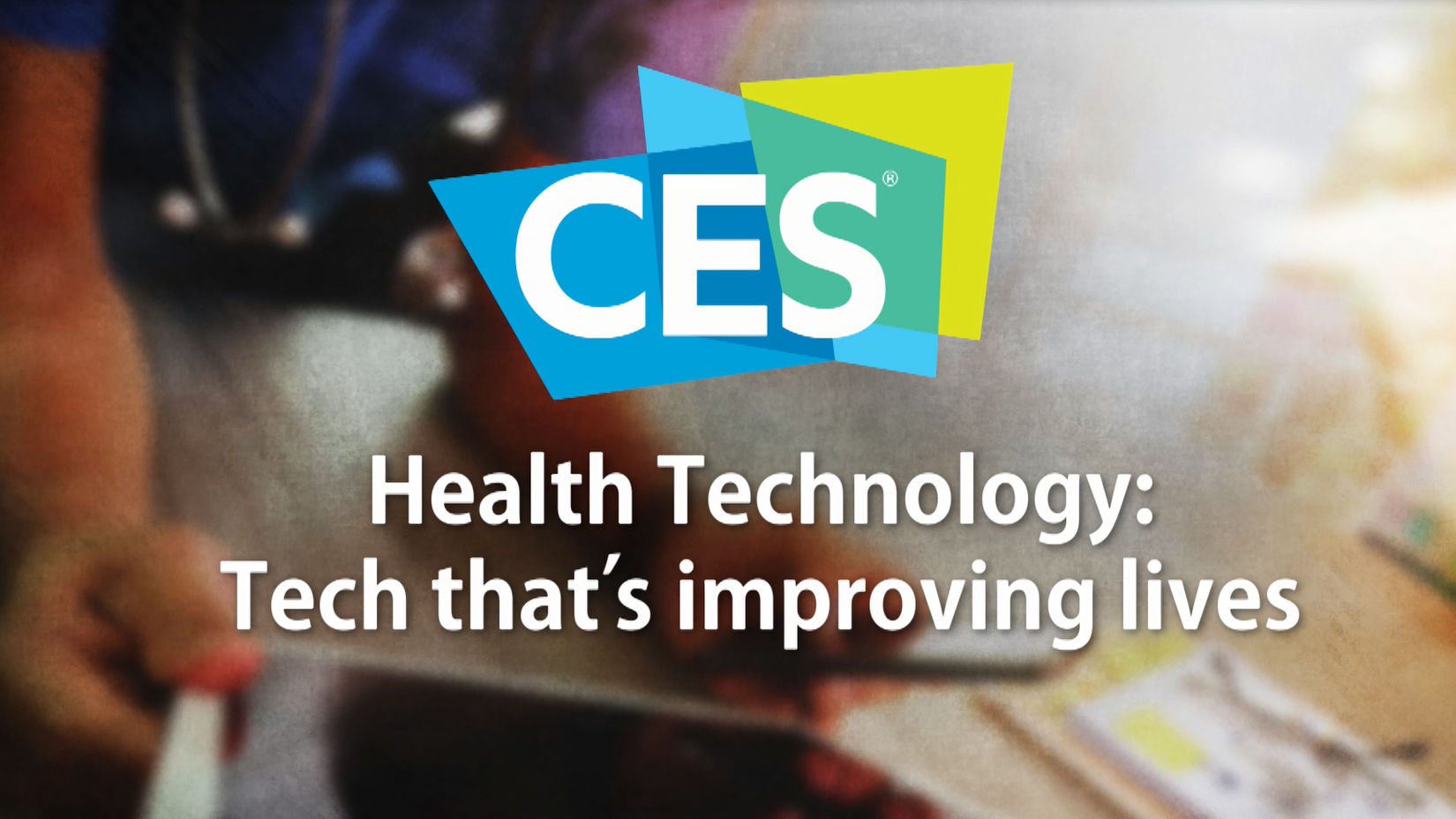 Consumer electronics (CE) aren’t just big screen TVs, sexy cars, and videogames anymore. Among the fastest-growing segments in CE is digital health, and health-tech will be prominently featured at the 2017 CES in Las Vegas hours after the champagne corks have popped at the start of the new year.
Consumer electronics (CE) aren’t just big screen TVs, sexy cars, and videogames anymore. Among the fastest-growing segments in CE is digital health, and health-tech will be prominently featured at the 2017 CES in Las Vegas hours after the champagne corks have popped at the start of the new year.
On the second day of 2017, I’ll be flying to Las Vegas for several days of consumer technology immersion, learning about connected and smart homes and cars, and shiny new things all devoted to personal health. Welcome to my all-health lens on CES 2017, once referred to as the Consumer Electronics Show when the trade show began 50 years ago.
Then, it was all about electronics as defined in June 1967, when CES was all about so-called “home entertainment equipment” like transistor radios, black-and-white TVs, tape recorders, and stereo sound systems. That first show was held in a single New York City venue for all 14 exhibitors, which included 3M, LG, Memorex, Motorola, Panasonic, Matsushita, Philips, RCA, SANYO Fisher, Sharp, Sony, Toshiba, Westinghouse, and Zenith. Modern Mechanix magazine covered the event, attended by some 17,500 conferees meeting in 100,000 square feet of exhibit space. (A page from the magazine describing the event appears in the second graphic).
 CES 2017, the 50th anniversary version, will host more than 3,800 exhibitors covering 2.4 million square feet of space convening over 165,000 attendees from 150 countries. These thousands of exhibitors will cover much more than home entertainment tech – featuring connected cars, smart home innovations, drones, wearable tech, 3D printing, and other shiny new-new things. No one venue can accommodate the scale of CES 2017: the action will be spread throughout the town, in the Las Vegas Convention and World Trade Center (LVCC) along with several hotels’ conference centers including the Sands Expo adjacent to The Venetian and The Palazzo hotels, the Aria, the Mandalay Bay, and the Wynn, among others.
CES 2017, the 50th anniversary version, will host more than 3,800 exhibitors covering 2.4 million square feet of space convening over 165,000 attendees from 150 countries. These thousands of exhibitors will cover much more than home entertainment tech – featuring connected cars, smart home innovations, drones, wearable tech, 3D printing, and other shiny new-new things. No one venue can accommodate the scale of CES 2017: the action will be spread throughout the town, in the Las Vegas Convention and World Trade Center (LVCC) along with several hotels’ conference centers including the Sands Expo adjacent to The Venetian and The Palazzo hotels, the Aria, the Mandalay Bay, and the Wynn, among others.
At CES 2017, we’ll encounter all kinds of “things” in the growing Internet of Things (IoT) landscape that can enable consumers to make health and well-being, as well as manage medical conditions. Among two dozen technology marketplace areas at the Sands Hotel are several that directly speak to health and health care: health and wellness, fitness, and sleep. Then there’s a second segment of consumer tech’s that can help people make health, dealing with 3D printing, augmented reality, baby, beauty, cyber- and personal security, family, kids, smart home, sports, and wearables. And these companies are just those housed in the Sands convention center, quite separate from the LVCC exhibitors, some of whom can also help people make health based on consumers’ preferences and life-flows.
The big digital health real estate at the Sands will be taken up by the likes of Fitbit, Fossil (with its recent acquisition, Misfit Wearables, found inside some of the newest Fossil wearable tech), Garmin, Omron, Philips, Under Armour, and UnitedHealthcare. Why would a health plan invest in exhibition space at CES? UHG isn’t just about health insurance anymore, and is vested in developing relationships with health consumers across the continuum of wellness to sickness. Consider: a healthy plan member bends UHG’s cost curve (called the medical loss ratio in the health insurance business) and, thus, bottom-line.
These and other exhibitors will, together, cover a comprehensive portfolio of consumers’ personal health and healthcare tools that go well beyond the early days of digital pedometers unveiled just a few years ago when health was a nascent category at CES. My last month’s email inbox of invitations for meet-ups suggests that health/care at CES means I’ll be kicking tires on techs that deal with pain, stress, sleeplessness, mental health, oral health, sexual health, diabetes, heart disease, respiratory conditions (asthma, COPD), and obesity. These, along with wellness and the Holy Grail of food tracking and weight loss.
Most patients, now health consumers, realize that their health isn’t just about healthcare. In fact, healthcare services only contribute a partial share to peoples’ overall health. The biggest health input? That would be lifestyle factors and social determinants of health. So in addition to the strictly-defined healthy things at CES, I’ll be checking out other companies that contribute to peoples’ overall health and wellbeing. In recent CES meet-ups, I’ve spent time with Whirlpool, which has increasingly smart home appliances and a family-care mission that feeds wellness; Samsung, with its corporate commitment to connect all of its “things” to the internet by 2020; and various car companies, some of which are piloting various aspects of health and wellness through connecting sensor-embedded steering wheels, external air sources, and other enablers for health-sensing.
Stay tuned for more from me, @HealthyThinker on Twitter, throughout #CES2017. I’ll be your eyes, ears, and health Sherpa throughout the first week of January 2017. That’s my New Year’s Resolution.
A version of this column appeared on The Huffington Post on 28 December 2016.





 Thanks to Feedspot for naming this blog, Health Populi, as a
Thanks to Feedspot for naming this blog, Health Populi, as a